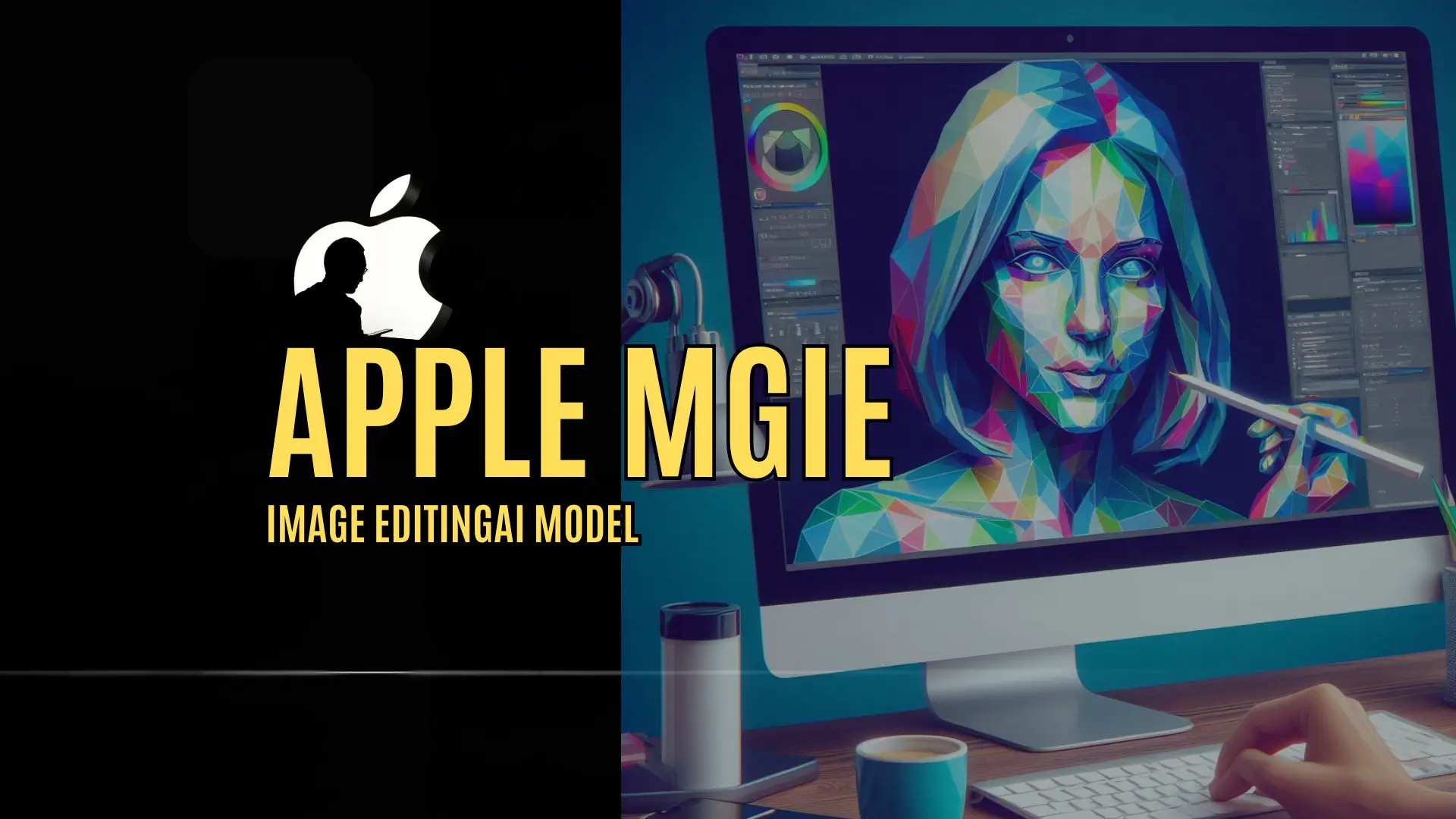To be addressed later- Apple’s New AI Model Edits Photos with Natural Language.
Apple New AI Model MGIE Edits Photos with Natural Language
Apple researchers have finally developed and released a new AI model called MGIE (MLLM-Guided Image Editing) that allows users to edit photos through plain language prompts without needing to touch photo editing software.
“Instead of brief but ambiguous guidance, MGIE derives explicit visual-aware intention and leads to reasonable image editing,” the researchers stated.
Unique Features and Capabilities of MGIE
According to the research paper published by Apple engineers in collaboration with the University of California, Santa Barbara, MGIE can perform both simple and complex edits like cropping, resizing, flipping images, adding filters, and modifying specific objects to alter their shape, color, brightness and more.
What sets MGIE apart is its ability to interpret free-form natural language prompts to understand the user’s intended edits. For example, asking the model to “make the sky bluer” results in increasing the brightness selectively on the sky portion of the photo. The model combines strengths in multimodal language understanding and generative image modeling to translate prompts to edits.
Performance and Efficiency of MGIE
In tests, MGIE successfully handled a wide variety of photo editing tasks. When asked to “make it more healthy” for a photo of a pepperoni pizza, it intelligently added vegetable toppings. And an image of tigers that looked too dark was brightened after prompting MGIE to “add more contrast to simulate more light.”
Notably, MGIE achieves strong performance in editing images based on language prompts while maintaining computational efficiency comparable to other state-of-the-art AI models.

Apple has released MGIE on GitHub for public download and also launched an interactive web demo on Hugging Face. However, the company did not announce plans to integrate the technology into consumer products.
MGIE represents Apple’s rising interest in generative AI, an area it has lagged behind rivals like Google, Meta and Microsoft. While competitors race to release creative AIs, Apple CEO Tim Cook has said Apple aims to incorporate more AI features across its devices and services this year.
With great AI influence comes great responsibility. Apple is setting standards in responsibly shaping AI to solve problems, not sow problems.
Ethical Considerations in the Deployment of MGIE
The launch of MGIE also comes amidst growing examination of how commercial deployment of generative AI could impact digital trust and safety. Unlike OpenAI’s image generator DALL-E which has faced criticism over potential for misuse, Apple took care to make MGIE interpret prompts accurately and minimize problematic outputs.
Apple has designed MGIE for constructive assisting, not autonomous creation. By focusing the technology on enhancing user-provided images within set parameters, MGIE sidesteps dangers like output bias.
This fits Apple’s slow and steady ethos toward AI adoption. The company implements strong vetting before unleashing new capabilities to consumers.
As AI becomes more central to consumer tech, Apple appears intent on advancing state-of-the-art in the field while emphasizing ethical principles in development. If integrated responsibly into Apple’s ecosystem, versatile multimodal editing models like MGIE could substantially improve user experiences and tighten bonds between humans and machines.
Discover more from WireUnwired Research
Subscribe to get the latest posts sent to your email.




